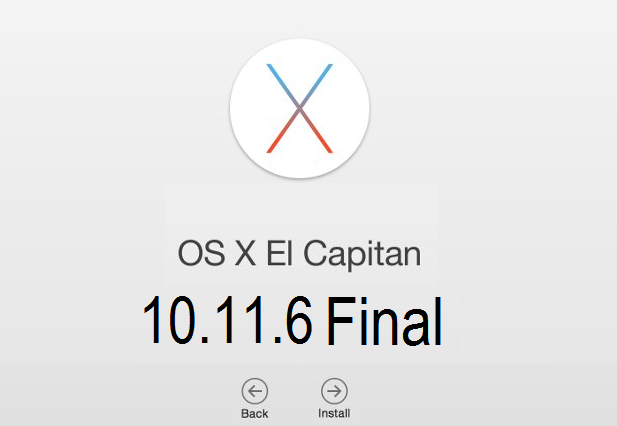

If you’re running Lion (10.7) or Mountain Lion (10.8), you will need to upgrade to El Capitan (10.11) first. OS X El Capitan (/ l k æ p t n / el KAP-i-TAHN) (version 10.11) is the twelfth major release of macOS (named OS X at the time of El Capitans release), Apple Inc.s desktop and server operating system for Macintosh.It focuses mainly on performance, stability, and security. With this, you can always be prepared for any data loss scenarios. If you’re running High Sierra (10.13), Sierra (10.12) or El Capitan (10.11), upgrade to macOS Catalina from the App Store.
How to update os x el capitan 10.11.6 to 10.12 install#
Another option that you can consider is to have partitions of your hard drives and opt to install the new OS in a one of the partitions. Upgrading to a new OS might wipe out your data completely.

Therefore, even though you can rely on powerful software like the Recoverit (IS) for Mac, do always make it a habit to back up your iOS devices to another device or storage in order to cater for unwanted situations like data lost. In the process of upgrading and downgrading of OS, users might experience data losses. Nonetheless, as it is with any new introduced items you might experience some issues with the new OS such as incompatibility with certain applications or you are just not feeling comfortable with the new interfaces introduced by the new OS. In another instance, you might upgrade to a new OS because there is limited support for the older OS. The process of upgrading and downgrading your operating system (OS) is at times necessary as it will allow you to experience better applications, better user experience and other updates offered by Apple and its complementing partners and providers.


 0 kommentar(er)
0 kommentar(er)
